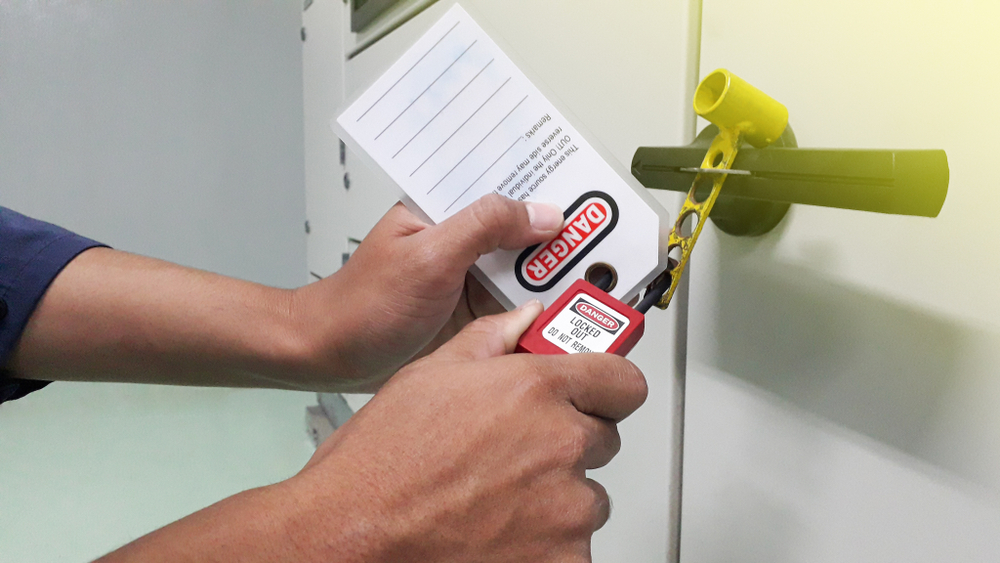8 Tips for Building a Culture of Workplace Safety in Your Factory

For many factories, fostering a safety-first culture remains an ongoing challenge — one that requires more than just regulations and routine training sessions. It demands a fundamental shift in how safety is perceived and prioritized on the factory floor.
As automation and advanced technologies transform manufacturing, the approach to safety must evolve accordingly. No longer is it sufficient to rely solely on compliance checklists and occasional audits. Instead, safety needs to be ingrained into the everyday operations and mindset of every employee, from the C-suite to the assembly line. Here are some forward-thinking strategies to help cultivate a truly safety-driven culture in modern factories.
- Lead by example. If the boss doesn’t care about safety, why should anyone else? Management needs to not just talk the talk; they need to walk the walk. That means wearing proper equipment, following safety protocols, and not cutting corners — even if deadlines are looming.
- Provide comprehensive safety training. We all know safety training can be about as exciting as watching paint dry, but it doesn’t have to be. Mix things up with hands-on demos, real-life scenarios, and even a bit of friendly competition. The goal is to make safety second nature rather than an impediment to productivity.
- Encourage open communication. Listen to employees’ safety concerns. They’re on the front lines every day and have incredible insights into potential hazards. Create an environment where they feel comfortable speaking up without fear of repercussion from management.
- Implement a robust reporting system. Speaking of speaking up, make it easy for folks to report safety concerns — and no, a dusty old suggestion box doesn’t cut it. Think user-friendly apps or dedicated safety hotlines. The easier it is to report, the more likely people are to do it.
- Recognize and reward safe behaviors. Who doesn’t love a pat on the back? When you catch someone doing something safely, shout it from the rooftops (or at least the factory floor). Consider safety bonuses, extra PTO, or even just a good old-fashioned “thank you.” Positive reinforcement goes a long way.
- Continuously assess and improve safety measures. Safety isn’t a “set it and forget it” topic. You’ve got to stay on your toes, always looking for ways to improve. Regular safety audits, employee feedback, and keeping up with industry best practices are all part of the game.
- Invest in proper equipment and maintenance. We all know that new equipment and regular maintenance can be pricey. But you know what’s even pricier? Workplace accidents. Don’t step over dollars for pennies when it comes to safety gear and machine upkeep.
- Upgrade your safety equipment. Modern e-stops with wireless connectivity and real-time monitoring offer faster response times. Safety sensors and light curtains can detect hazards and automatically stop machinery, while smart guards with sensors ensure machines only operate when all safety measures are in place. Enhance signage with digital options that update in real-time, alerting workers to current risks. These upgrades create a proactive safety culture, preventing accidents and ensuring long-term operational safety.
Factories must move beyond the traditional mechanisms for ensuring factory safety. By embracing leadership that leads by example, rethinking training, simplifying procedures, encouraging open dialogue, rewarding innovation, conducting varied audits, leveraging technology, and instilling collective responsibility, companies can create an environment where safety is deeply embedded in every aspect of their operations.
As the manufacturing sector continues to evolve, those factories that prioritize safety as a core value will not only protect their workers but also enhance their overall productivity and reputation. The challenge is significant, but the rewards are undeniable: a safer, more resilient workforce, and a factory that is better equipped to meet the demands of the future.
